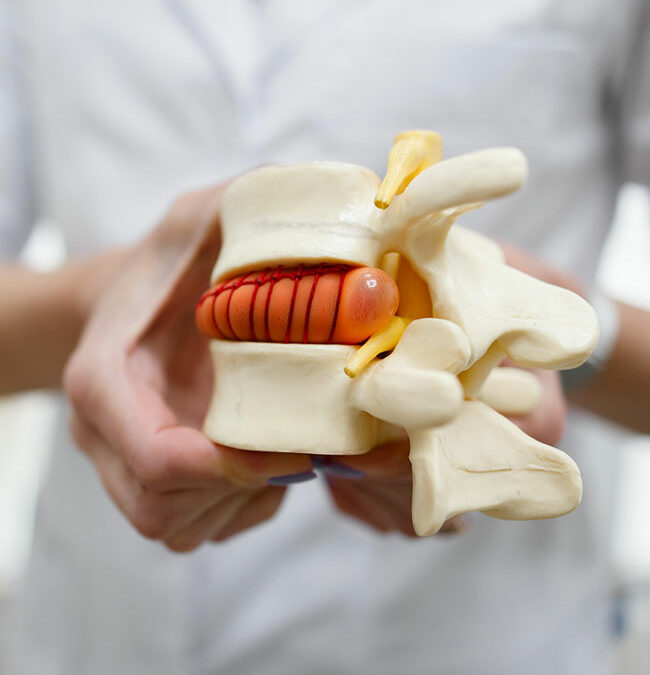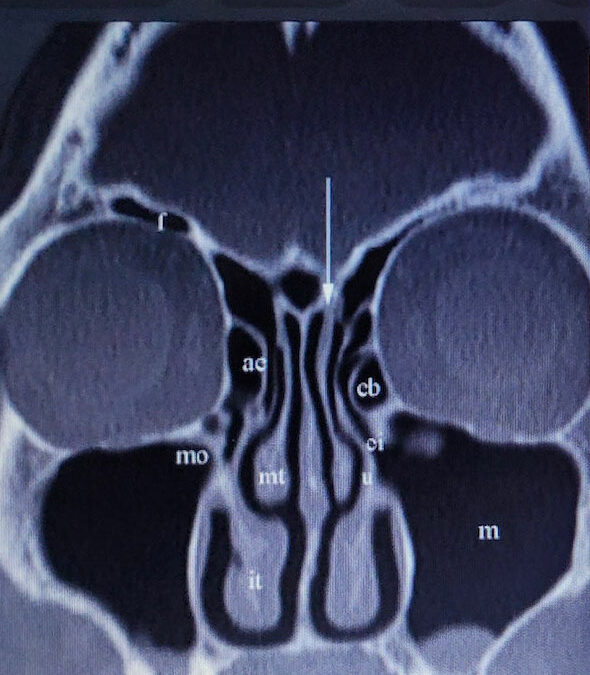
Infantile Colic

Symptoms of Infantile Colic
The primary symptoms of infantile colic are:
- Excessive crying for no apparent reason.
- Extreme fussiness even after crying has ceased
- Crying episodes have predictable timing (usually during evening hours)
- Facial flushing or blushing
- Stiffened legs, stiffened arms, clenched fists, arched back, tense abdomen.
What Are the Causes of Infantile Colic?
The specific causes of colic have not been determined with any certainty. Researchers have yet to provide well-founded causes for why. This, however, is known:
- Colic begins in the first month after birth.
- Colic affects some infants and not others.
- Colic happens at predictable times during the day.
- Colic resolves on its own typically in 4-6 months.
How Does Cashel Chiropractic Treat Infantile Colic?
Dr. Rob uses only gentle, non-invasive, drug-free techniques to treat infantile colic. Your infant’s treatment plan will consist of gentle spinal adjustments. Misalignment in the spine can disrupt communication between the brain and the central nervous system. Correcting these misalignments has been proven to have a positive effect on infantile colic symptoms and behaviors.
Frequently Asked Questions
You can learn more about colic and chiropractic care by reading the answers to these FAQs.
Is There a Cure for Infantile Colic?
Unfortunately, the only cure for colic is time. However, chiropractic treatment has been proven to reduce crying frequency and duration which makes life more comfortable for infants and parents alike.
Is It Safe to Leave Colic Untreated?
Your infant is in no known physical danger from colic, and it typically resolves on its own within 4 – 6 months. However, excessive crying could be a sign your infant is suffering some pain or other medical condition. Parents should not ignore excessive crying spells and should instead consult a medical professional for a diagnosis before dismissing these spells as colic.







Recent Comments